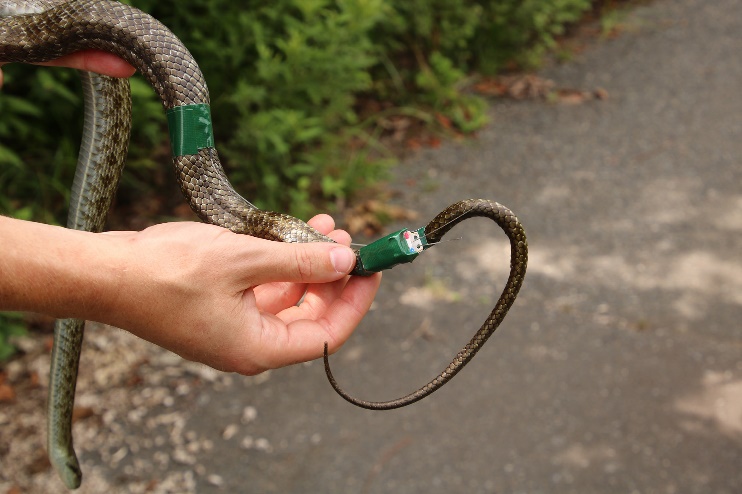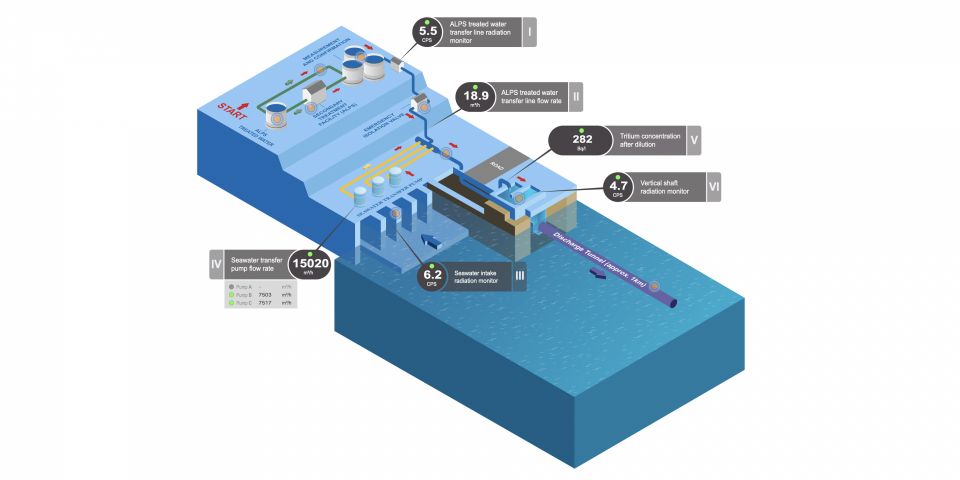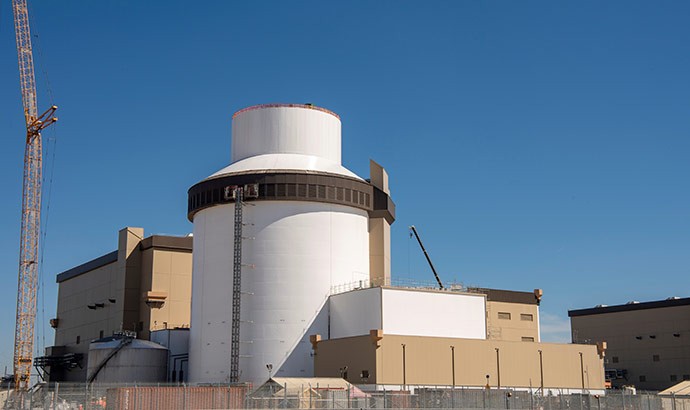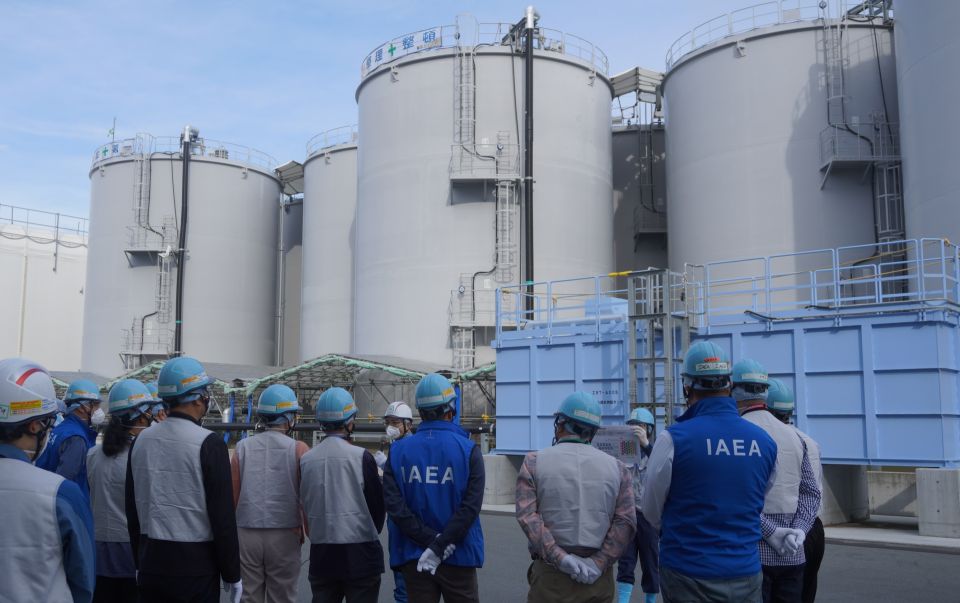Researchers use snakes to monitor radiation at Fukushima

A team of researchers from the University of Georgia have shown that radioactive contamination in the Fukushima Exclusion Zone can be measured through its resident snakes.


A team of researchers from the University of Georgia have shown that radioactive contamination in the Fukushima Exclusion Zone can be measured through its resident snakes.
Article explores emerging trends in health physics
Key developments, emerging trends, challenges, and innovations in the field of health physics are the topic of a recently published article in Health Physics Journal. The authors of “The...
Reports: Japan’s leaders call for nuclear reactor restarts
During some of his first public remarks last week, Japan’s new economy minister Yoji Muto promoted the importance of nuclear energy for his nation.Muto said the new...
Chernobyl-area land deemed safe for new agriculture
More than 80 percent of the territory that has been surveyed around the Chernobyl nuclear power plant “can be returned to agricultural production,” said Valery Kashparov, director of the...
PNNL seeks high-energy neutrons from SpaceX launch of Polaris Dawn
When a SpaceX rocket lifted off from Kennedy Space Center on September 10 (see video here), sending a crewed commercial mission into low Earth orbit, an experiment designed by Pacific...

Tritium levels of Fukushima’s treated water well below limits, IAEA says
The International Atomic Energy Agency announced on Aug. 7 that its experts have confirmed that the tritium concentration in the latest batch of water to be released from the Fukushima Daiichi...
Release of Fukushima’s treated water going as planned, IAEA says
An International Atomic Energy Agency task force has confirmed that the discharge of treated water from Japan's Fukushima Daiichi nuclear power plant is progressing in accordance with the plan...

Vogtle-4 enters commercial operation
Unit 4 at Georgia Power’s Plant Vogtle has entered commercial operation, the company announced today. The new unit can produce enough electricity to power an estimated 500,000 homes and...

How is Cold War–era radiation shaping the nuclear conversation today?
The Manhattan Project may have begun more than 80 years ago, but it’s still in the news—and not just because of Oppenheimer’s recent haul at the Academy Awards. On March 7, the Senate...

IAEA: released Fukushima water below operational limits
International Atomic Energy Agency experts have confirmed that the tritium concentration in the fourth batch of treated water released from Japan’s Fukushima Daiichi nuclear power plant is...

New report details impact of nuclear energy in southeastern U.S.
A seminal new report by the Southeast Nuclear Advisory Council and E4 Carolinas has identified the significant economic impact of the nuclear industry within the southeastern United States....